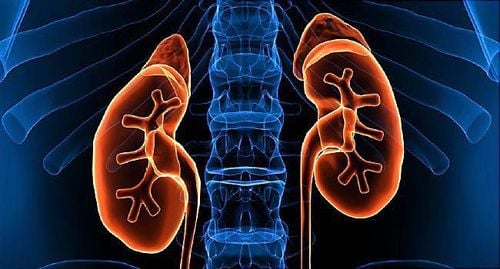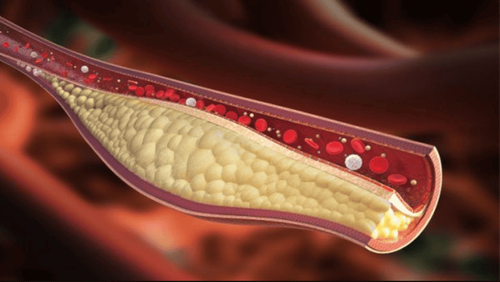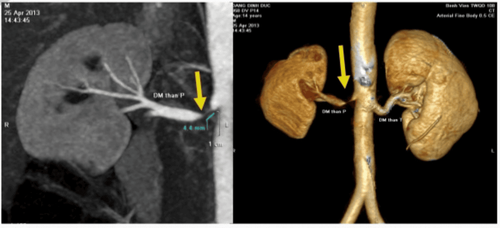This is an automatically translated article.
High blood pressure is a common symptom of renal artery stenosis. If not detected early and treated promptly, high blood pressure caused by renal artery stenosis can cause dangerous complications, even a cerebrovascular accident, leading to death.
1. What is high blood pressure due to renal artery stenosis?
Renal artery stenosis is a narrowing of one or more arteries that carry blood to the kidneys (renal arteries). Normally, the kidneys need an adequate supply of blood to filter out waste products and excess fluid. When the renal arteries are narrowed, there is a shortage of oxygen-rich blood to the kidneys. Reduced blood flow to the kidneys increases blood pressure throughout the body (systemic blood pressure) and damages the renal parenchyma. This is high blood pressure caused by narrowing of the renal arteries.
Causes of hypertension due to renal artery stenosis are usually atherosclerosis, arteriosclerosis, Fibromuscular dysplasia, fibromuscular dysplasia, arterial thrombosis, dissection of the aorta/renal artery, arteritis Takayasu, suffering from cardiovascular disease, renal artery stenosis after kidney transplant or radiation therapy,...
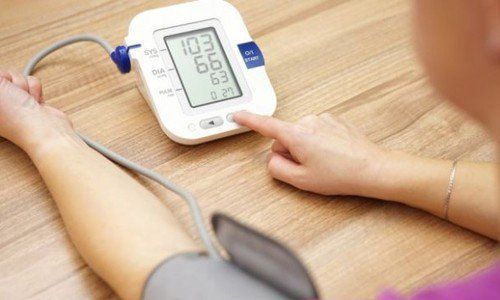
Nguyên nhân tăng áp do hẹp động mạch thận thường do xơ vữa động mạch
2. Dangerous complications of the disease
Hypertension due to renal artery stenosis is characterized by: High blood pressure, difficult to control or not controlled by medical treatment; onset in persons under 30 years of age; severe and uncontrolled hypertension after age 55; impaired kidney function; have symptoms of coronary artery stenosis; Unexplained progressive heart failure.
High blood pressure caused by renal artery stenosis, if not detected early and treated promptly, can lead to dangerous complications such as malignant hypertension, sudden and difficult to control hypertension. Stroke. In addition, patients with renal artery stenosis are also at high risk for complications of renal atrophy and progressive renal failure. Patients who progressed to end-stage renal failure who required dialysis had a mortality rate of up to 30% and a median survival of only 27 months.
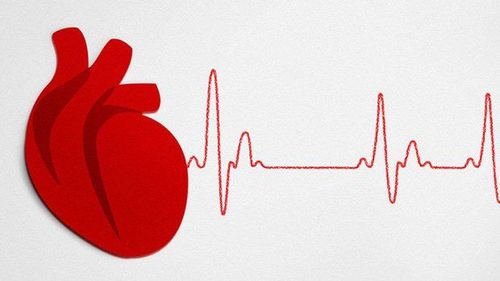
Cao huyết áp do hẹp động mạch thận nếu không được phát hiện sớm và điều trị kịp thời có thể dẫn đến biến chứng nguy hiểm
3. Diagnosis of high blood pressure due to renal artery stenosis
3.1 Diagnosis based on clinical symptoms Common manifestations in patients with renal artery stenosis are hypertension and impaired renal function. Symptoms of impaired kidney function include: Increased or decreased urine output, drowsiness or fatigue, swelling in the legs, itching or numbness, dry skin, weight loss, headache, loss of appetite , nausea and vomiting, trouble sleeping, trouble concentrating, or cramps.
3.2 Ultrasound In imaging methods, ultrasound is widely applied to evaluate kidney morphology and in combination with other imaging techniques to evaluate function, isotope scintigraphy. Ultrasound provides information about renal artery stenosis (normal size > 1.5 cm).
B-mode color Doppler ultrasound is capable of evaluating morphology, measuring flow velocity and color spectrum, helping to assess the degree of stenosis of the renal artery quite accurately. The sensitivity and specificity of this method are approximately 98%.
3.3 Computed tomography Computed tomography (CT) is indicated immediately after ultrasound to evaluate renal morphology and function, provide information on renal perfusion and help determine renal artery stenosis.
Renal computed tomography angiography using intravenous contrast only. Drugs with a high concentration of iodine will be discharged through the renal artery, helping to create a clear 3D image of the blood vessels. This is a modern, high-precision imaging method, without the need for invasive angiography through catheters, thereby avoiding complications due to puncture, and at the same time diagnosing more associated diseases. other of the kidney.
Sensitivity and specificity of computed tomography in the evaluation of renal artery stenosis are between 98% and 94%.
3.4 Magnetic Resonance Imaging Magnetic resonance imaging is a non-invasive imaging technique that helps evaluate renal vascular morphology and provides physiological information on renal function. This method can measure renal volume accurately and can directly see vascular injury, measure blood flow, assess glomerular filtration rate (GFR) and renal perfusion rate. Magnetic resonance angiography (MRA) can evaluate renal artery stenosis, aneurysms, and vascular malformations.
However, magnetic resonance angiography only evaluates the renal artery in the range of 3 - 3.5 cm from the origin, making it difficult to assess at a longer distance. The sensitivity of magnetic resonance imaging when diagnosing renal artery stenosis is 90-100% for the proximal segment, 82% for the distal segment, and only 0% for the renal artery. The specificity of this imaging method is 90%.
3.5 Conventional angiography Conventional arteriography (CA) is a method of determining renal perfusion, applied to re-check after ultrasound, CT scan, and MRI of the renal artery.
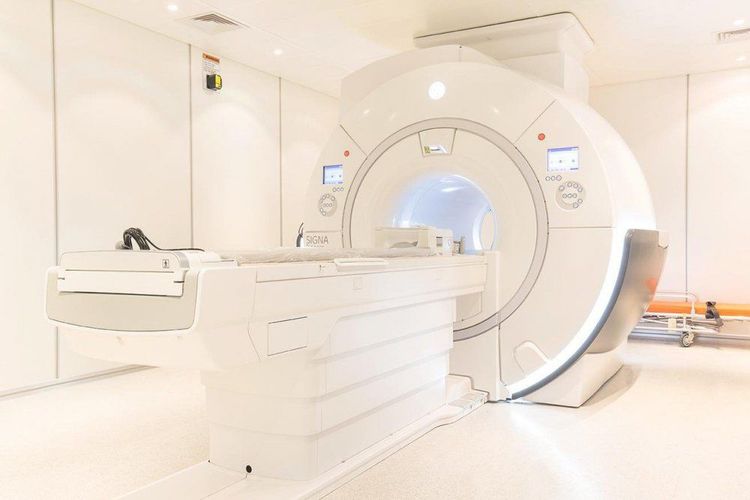
Cộng hưởng từ là kỹ thuật chẩn đoán hình ảnh không xâm nhập, giúp đánh giá hình thái mạch thận và thông tin về sinh lý của chức năng thận
4. Treatment of high blood pressure caused by renal artery stenosis
High blood pressure is a symptom of renal artery stenosis, so to treat this condition, it is necessary to thoroughly treat renal artery stenosis. The goals of treatment are to improve blood pressure and prevent kidney complications. Commonly used methods include:
Lifestyle changes: Exercise regularly, choose clean foods, quit smoking and alcohol to protect the kidneys and the whole body; Medical treatment: Use drugs to control blood pressure, angiotensin-converting enzyme inhibitors, angiotensin receptor blockers, diuretics, beta blockers, calcium channel blockers,... as prescribed by your doctor. ; Endovascular stenting: Is the initial step of minimal intervention, if ineffective, will switch to surgery. With this method, the doctor will use a metal mesh (stent) to expand the inside of the kidney vessel. After stent placement is complete, renal blood flow and hypertension will be improved; Surgery: Indicated in cases of renal artery stenosis associated with abdominal aortic aneurysm, renal artery aneurysm, renal artery occlusion or rupture, multiple peripheral stenosis, renal artery stenosis secondary to renal artery stenosis. ligation, angioplasty failed. There are 3 surgical methods used: bypass surgery to bridge the narrowed renal artery, renal angioplasty and nephrectomy. High blood pressure caused by renal artery stenosis can be prevented with early detection and active treatment of diseases that cause renal artery stenosis and a moderate diet and lifestyle. When there are warning symptoms of the disease, the patient should go to the doctor immediately for timely treatment, avoiding the risk of dangerous complications.
To register for examination and treatment at Vinmec International General Hospital, you can contact Vinmec Health System nationwide, or register online HERE.
MORE:
Risk factors for renal artery stenosis Should intervention to treat renal artery stenosis? How is renal artery intervention performed?





